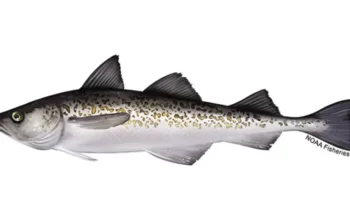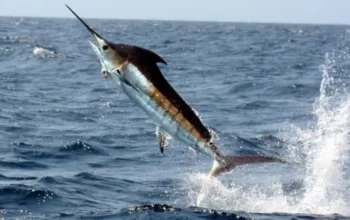High levels of antibiotics and chemicals have been found in swai. Better nutrients may be offered by different fish species.
Swai fish is both inexpensive and delectable.
Over the past few decades, it has become more accessible and well-liked in the US. It is typically imported from Vietnam.
But many consumers of swai might not be aware of issues related to its production in crowded fish farms.
With the information in this article, you can decide whether to eat or stay away from swai fish.
Table of Contents
What is Swai and Where Does It Come From?
Swai is a white-fleshed, moist fish with a firm texture and an unremarkable taste. As a result, it readily absorbs the flavors of other ingredients.
The sixth most popular fish in the US, according to the National Oceanic and Atmospheric Administration (NOAA), is swai.
It is a native of the Mekong River in Asia. However, fish farms in Vietnam are where swai is most frequently produced for consumer consumption.
Swai production is actually one of the biggest freshwater fish farming industries in the world, located in the Mekong Delta of Vietnam.
Asian catfish used to be the name for swai imported into the US. According to a rule established by the US Food and Drug Administration (FDA) in 2003, only fish belonging to the Ictaluridae family—which includes American catfish but excludes swai—may be identified as catfish or used in advertising.
Swai, formally known as Pangasius hypophthalmus, is a member of the distinct but connected Pangasiidae family.
Swai and closely related species are also known by the names panga, pangasius, sutchi, cream dory, striped catfish, Vietnamese catfish, tra, basa, and — even though it’s not a shark — iridescent shark and Siamese shark.
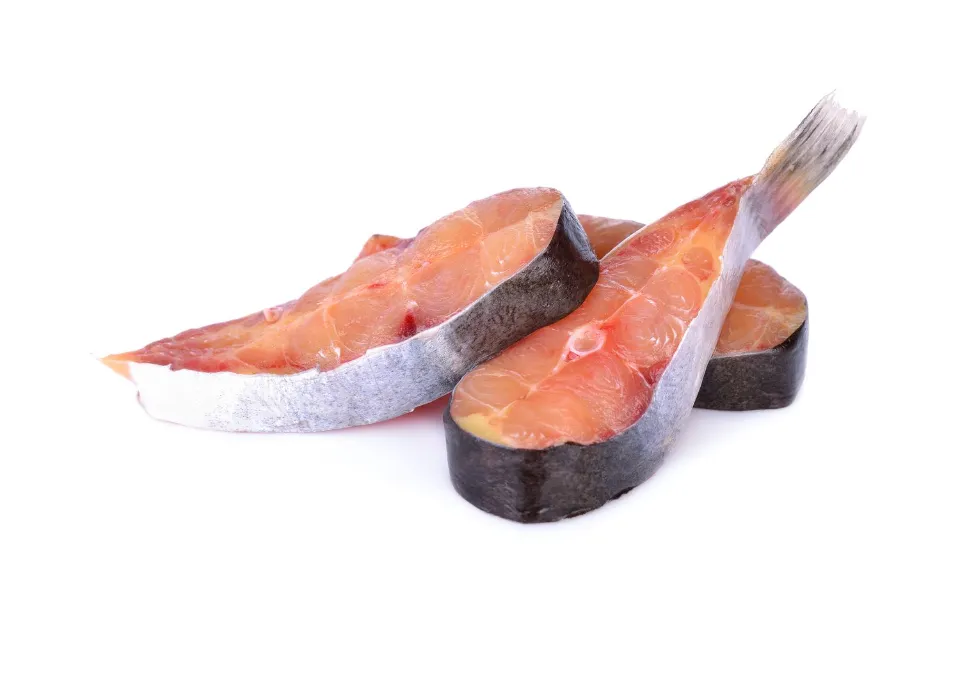
Nutrition Facts
One four-ounce fillet of swai provides about:
- 80 calories
- 19 grams protein
- 5 grams fat
- 2 milligrams sodium (varies)
- 4 milligrams cholesterol
Swai (or pangasius), per 100 grams of fish, contains 17 milligrams of EPA and DHA, according to Purdue University research.
It goes without saying that the ingredients you use to prepare and coat swai fillets alter their nutritional profile by typically introducing more fats, carbohydrates, and sodium.
Is It Safe to Eat Swai Fish?
As Swai has a reputation for being of subpar quality, there is ongoing debate regarding its safety.
So if concerned about swai fish, here are four reasons why you may be reconsidering eating it:
Swai is a Common and Frequent Victim of Food Fraud.
While the “Asian catfish” is a relative of the It belongs to a different family than European catfish. The United States was prompted by this disparity. FDA to pass a law in which “catfish” could only refer to a member of the family Ictaluridae, which has resulted in a variety of names for swai and some ambiguity regarding what precisely swai is.
Additionally, in 1994, American seafood importers began delivering fillets from the basa variety of Vietnamese catfish. However, the majority of the fish sold in the market today as basa isn’t actually basa.
Swai fish, which is thought to be inferior to basa, is frequently used in its place. Swai, also referred to as tra, is typically coarser and grainier than basa. Additionally, it looks thinner and more beige.
The restaurant industry has been known to use swai in a fraudulent manner, marking them as true catfish or grouper. Swai is also often sold generically as “fish” on menus featuring fish tacos and fish sandwiches. Due to swai’s affordability compared to other fish species of higher quality, restaurants are likely to do this.
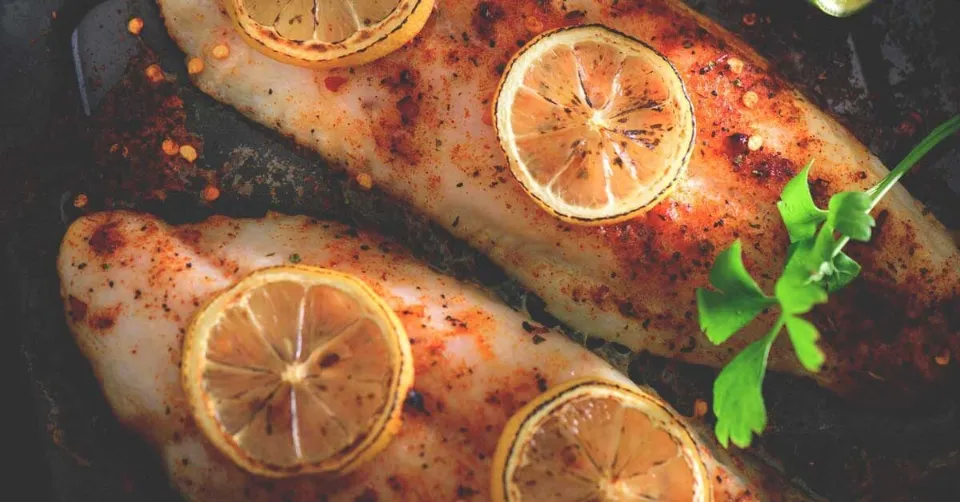
Swai Often Comes from Fish Farms
Fish that is farmed is not always assumed to be unhealthy. But in Vietnam, fish from industrial farms are frequently contaminated with sludge and waste water. Bacterial traces and antibiotic leftovers may be among them.
The conditions in which swai fish were raised have also been implicated in numerous reports of the fish being contaminated with trace minerals and heavy metals.
Swai Fish May Contain a Number of Diseases
The risk of several diseases rises due to the questionable quality and lack of inspection of the conditions of swai fish.
Infections and infestations caused by bacteria, parasites, and Sporozoa are some of the most prevalent illnesses.
There Are Healthier Fish Alternatives to Swai Fish Recipes
A diet that is balanced can and should include fish. Besides, there are many benefits of eating fish, especially thanks to their well-known heart-healthy properties such as omega-3 fatty acids.
But there are swai fish alternatives that are more strictly regulated and inspected. Salmon, sardines, and tilapia that have been caught wild are some examples.
Additionally, whenever choosing a fish, make an effort to verify the source. Buying from reputable companies like bistroMD can also guarantee the safety of the fish.
Healthier Fish Alternatives
Swai is not the only fish that might be hazardous and toxic. Then what choices are left for lovers of seafood? Plenty.
Here’s a breakdown of some healthy fish options:
- Salmon: The vitamins B12 and D, which many Americans lack, are abundant in wild-caught Alaskan salmon. Salmon is an excellent food for the brain. It helps prevent brain fog and enhances memory because it contains so many omega-3 fatty acids. Try this recipe for blackened salmon, which is made with kale that has been massaged and anti-inflammatory spices to add salmon to your diet. In addition to being delicious, this Teriyaki Baked Salmon Recipe is also simple to make.
- Sardines: Another affordable and healthy option that is simple to find and add to dishes are sardines caught in the Pacific. Sardines don’t experience sustainability problems the same way other fish do because they are relatively low on the fish food chain. Not bad for such a tiny fish, they actually reduce inflammation and safeguard bone health.
- Atlantic Mackerel: Mackerel fish is just as nutritious as salmon that has been caught in the wild. It has a very high protein, omega-3, and micronutrient content. Additionally, it is known to strengthen bones and lower blood pressure.
- Albacore Tuna: Fresh, wild-caught albacore tuna is a powerhouse of protein, antioxidants, and may even improve brain function. Choose tuna steak rather than canned tuna to avoid higher sodium levels. Try this tuna pasta salad with kalamata olives and cherry tomatoes.
- Fish oil supplements: Naturally, consuming high-quality phytoplankton will provide you with the same omega-3 advantages as eating fish. In fact, some fish have abundant amounts of EPA and DHA because they eat phytoplankton.
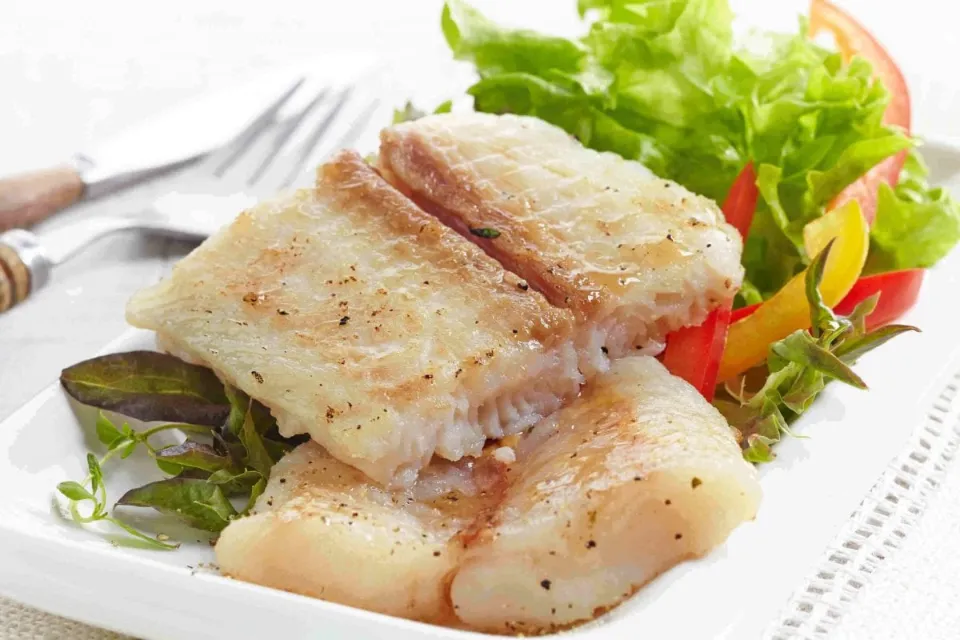
You May Be Eating Swai Unknowingly
Without even realizing it, you might be ordering swai in restaurants.
Swai was one of the three fish types that were most frequently used as a cheaper alternative to more expensive fish, according to a study by Oceana, a global organization that promotes ocean conservation.
Swai was actually marketed under 18 different fish species, with perch, grouper, and sole being the most frequently mistaken names.
Restaurants, grocery stores, and seafood processing facilities may all engage in such mislabeling. Due to the low cost of swai, this mislabeling can occasionally be intentional fraud. It may also occur accidentally.
Since seafood frequently travels far from the place where it is caught to where you buy it, it is more challenging to determine where it came from.
For instance, there is no simple way for restaurant owners to verify that a box of fish they bought is what it claims to be.
Furthermore, if a fish type isn’t specified, like when ordering a fish sandwich at a restaurant that doesn’t say what kind of fish it is, it could be swai.
In a study of fish products served at 37 restaurants in a southeastern US city, about 67% of dishes simply listed as “fish” on the menu were swai.
Frequently Asked Questions
Is Swai Fish Good for Weight Loss?
Swai fish is a healthy option for losing weight, yes. Swai fish is a perfect food for a weight loss diet because it has 90 calories and 14 grams of protein per 100 grams.
Is Swai Fish Good for Keto?
Swai fish is suitable for the ketogenic diet because it contains a lot of healthy fats and no carbohydrates.


